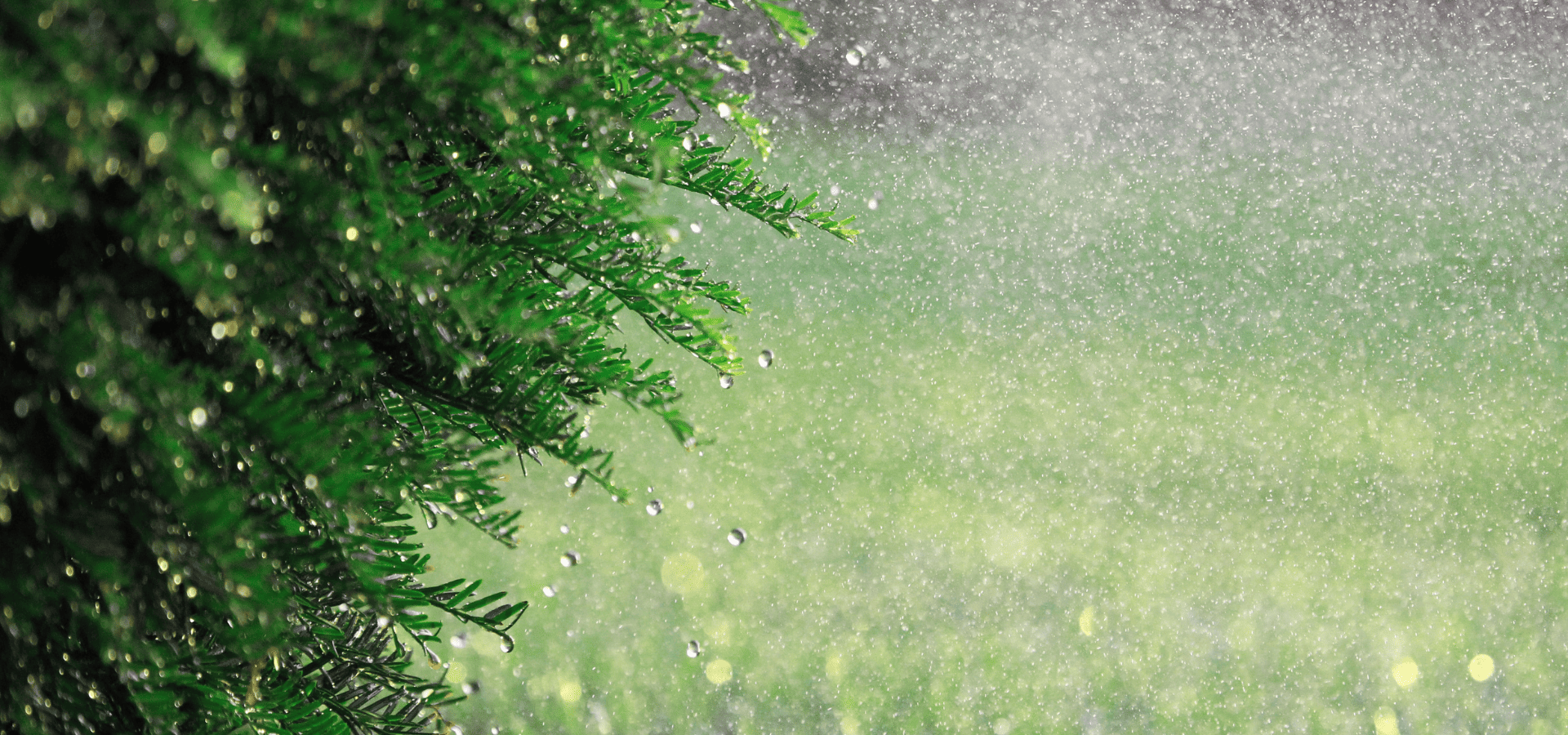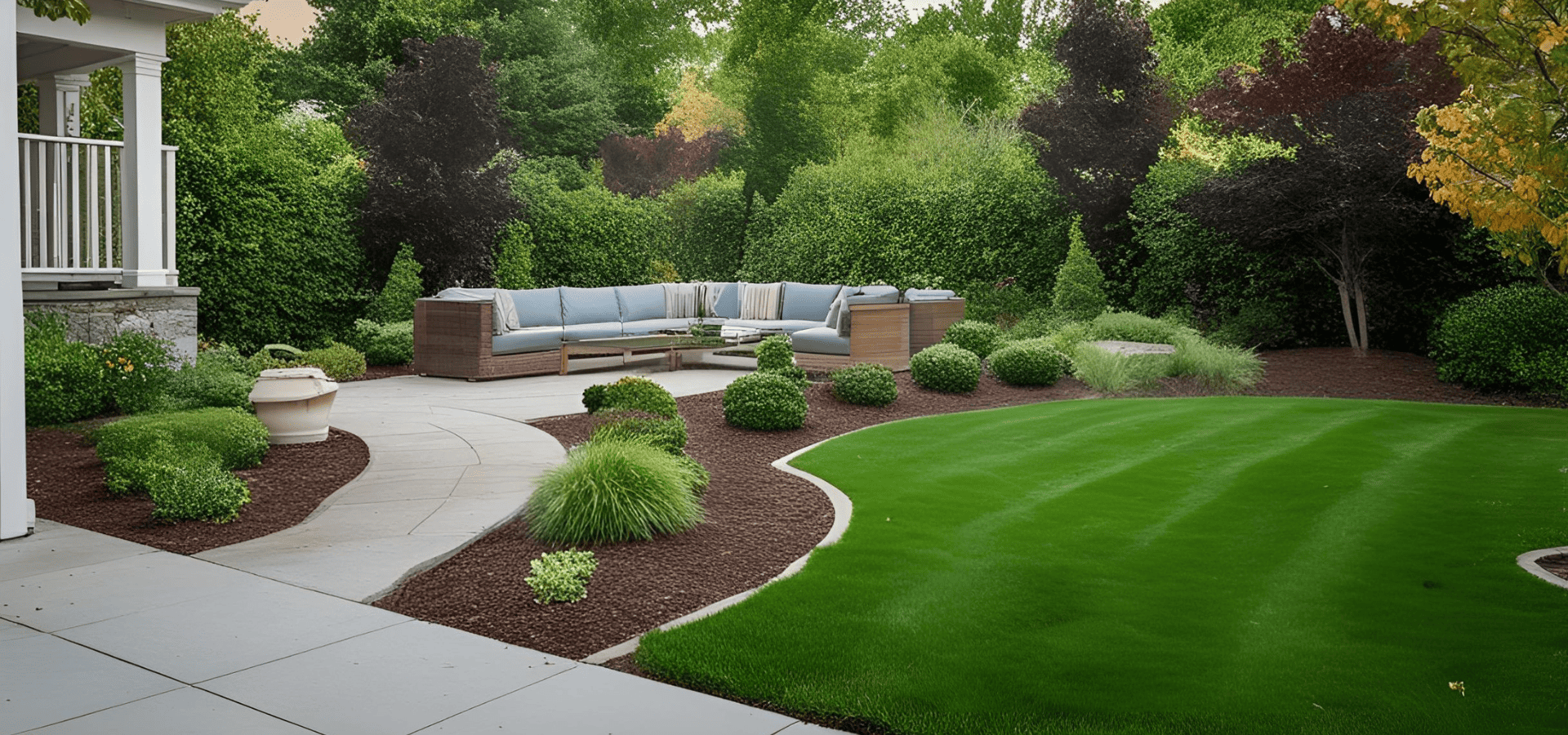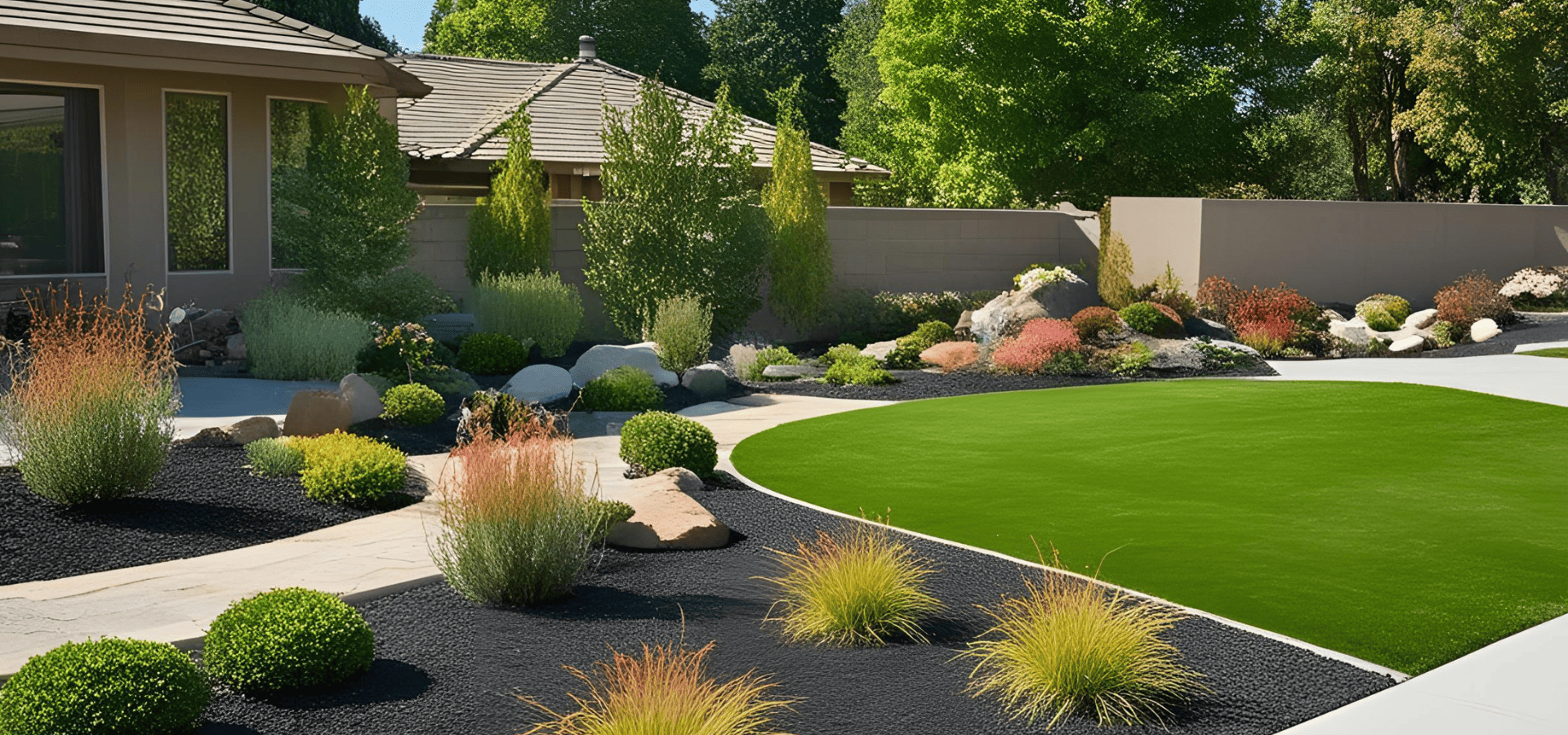The Best Lawn Care Schedule for Louisville’s Climate
Lawns in Louisville, KY, for better or for worse, come with their fair share of complexities. Have you ever looked out from your Louisville home and wondered, “Why does my lawn look like a battlefield in May and a jungle by October?”
Well, you’re not alone.
Lawn care in this city is a year-round negotiation. Our climate doesn’t sit neatly in one category. We’re not Southern enough for warm-season grasses to thrive without risk, and we’re not Midwestern enough to coast on mild seasons either. Instead, we get a blend of hot, sticky summers, brisk winters, yo-yoing spring temps, and just enough rain to keep you guessing.
Unfortunately, if your lawn here feels like it’s constantly one step behind, the truth is that it probably is. That’s not that you’re doing it wrong: most people are doing it wrong here!. Basically, all generic lawn care advice just isn’t able to match the tempo of Louisville weather.
But this guide does. We’re not here to throw a one-size-fits-all checklist at you. We’re here to map out a rhythm that actually works — the right moves at the right time, all tailored to the transitional chaos of Zone 6b/7a’s turf life.
Let’s talk timing, timbre, and turf sanity in Kentucky's wild weather zone.
Know Your Lawn Type
Before you start sharpening mower blades or tossing fertilizer around like confetti, you need to know what kind of grass you’re actually working with.
Louisville is smack in the “transition zone”. That means lawns in the Louisville area can technically support both warm-season and cool-season grasses. But that doesn’t necessarily make things easy.
Most homeowners, rather wisely, stick with cool-season turf blends like:
- Tall Fescue: Tough, drought-tolerant, deep-rooted — Louisville’s local MVP.
- Kentucky Bluegrass: A bit fussier, but it will grow drop-dead gorgeous if managed right.
- Perennial Ryegrass: Fast to germinate, and often used for overseeding.
You’ll also spot warm-season grasses like zoysia or bermudagrass in some yards. However, grasses built for warmer climates like those tend to throw in the towel when winter punches back.
Either way, the first step of your lawn care schedule in Louisville is to simply identify what you’re working with. At the broadest level, if your grass peaks in spring and fall, then fades in high summer, you’re probably working with a cool-season variety.
So, build a lawn care schedule that follows that rhythm.
Spring Lawn Care
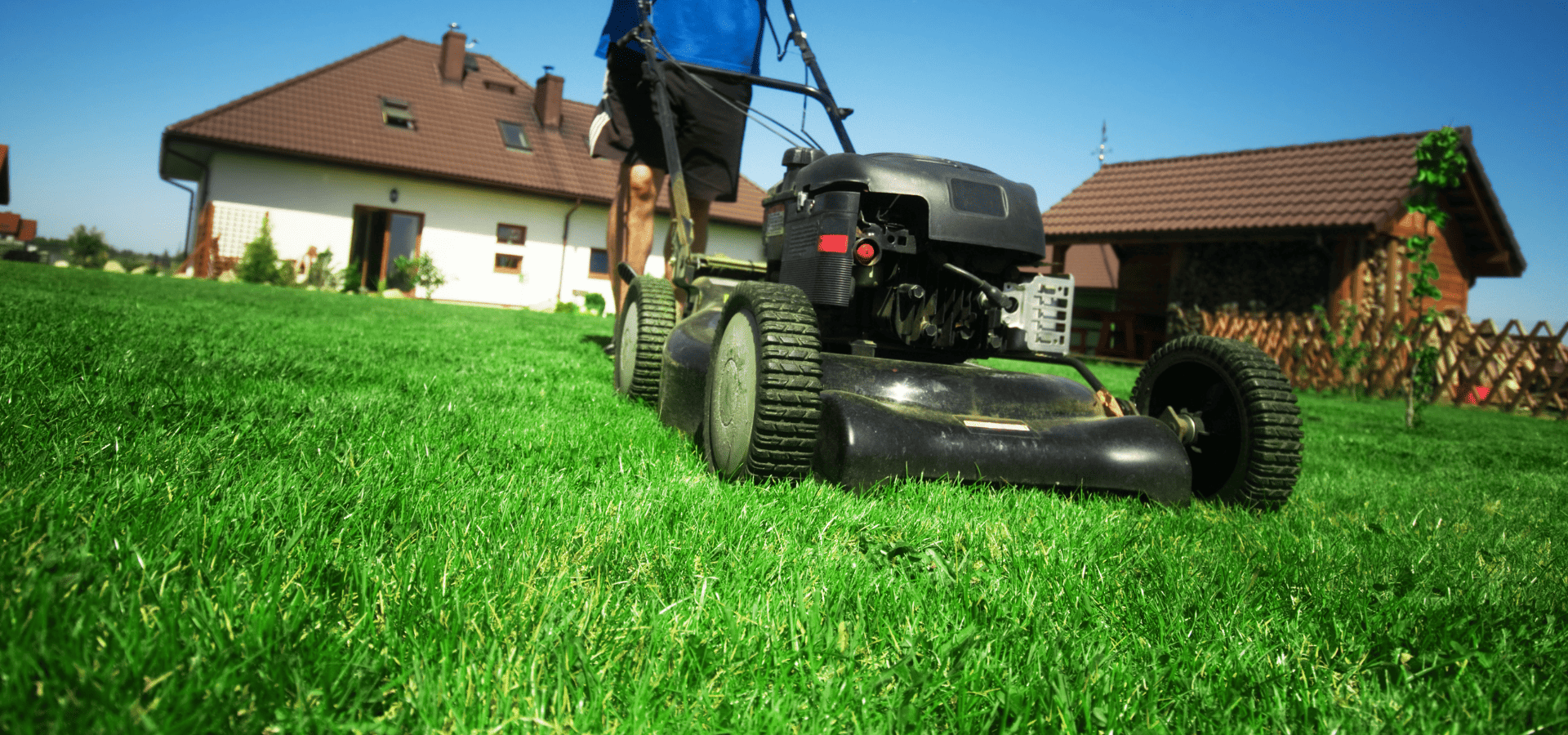
Late March through April, when the weather starts to turn for the better, is when your lawn begins its cycle. However, Louisville springs are sneaky: they’re warm one week, and then frostbitten the next.
Your job is to gently nudge the lawn awake without jumping the gun.
Start with a solid cleanup. Things like winter leaves, matted patches, and leftover thatch can smother new growth. A light raking will clear the way without yanking out fragile shoots, and if the ground’s dry enough, you can go ahead and mow too (But keep the blade high for that first pass, and don’t scalp your lawn — think of it like stretching before a workout.)
Furthermore, one critical spring move not to miss is pre-emergent weed control. Crabgrass doesn’t wait, so neither should you!. Apply your pre-emergent control mechanisms before your lawn’s soil temperatures are consistently hitting 55°F — usually late March to early April. Miss this key window, and you’ll be pulling crabgrass well into July.
Lastly, on springtime fertilizing: this isn’t the moment for a big nitrogen blast. A light spring feeding is fine if your lawn’s looking a little hungry… But heavy feeding now generally leads to leggy growth and shallow roots (the turf equivalent of a sugar crash), so keep it light.
And if you skipped fall aeration, spring gives you a second shot. But only aerate if the soil feels compacted or the lawn holds water. Otherwise, save the core work for fall when conditions are more forgiving.
Early Summer Lawn Care: Keep Growth Going Without Overdoing It
By May, things are humming. Grass is growing like it means it… but the weeds are throwing a party too. Your goal-
Support that momentum! Keep the party vibes high, without stressing out your turf as the heat ramps up.
Mow regularly, and mow smart. When grass is taller — around 3.5 inches — it shades the soil and helps outcompete weeds and other unwanted party guests. Cutting too low risks sunburn, stress, and more competition from weeds, so it needs to be a moderate cut regularly.
(And always keep your mower blade sharp. A clean cut heals fast. A dull blade just shreds and scars grass.)
Watering your lawn might start to matter more as we head into June. Louisville can be oddly dry in early summer, and cool-season grasses don’t love the drought vibes. As such, water deeply but less often — about one inch per week, including any rainfall. As for timing, the early morning is ideal; afternoon waterings will evaporate, and watering in the evening results in fungi just coming to crash the party too.
On that night, also keep an eye out for turf diseases like dollar spot or red thread. Don’t panic at the first sign of disease, but don’t ignore it either. Improving airflow, lightening your nitrogen usage, and increasing soil aeration usually beat out fungicides in the long term.
Now is also a good window for spot-treating broadleaf weeds. Target the troublemakers strategically now rather than en masse later. There’s no need to go full scorched-earth with chemicals unless your lawn’s a botanical mutiny.
Summer Peak Lawn Care: Survive and Protect
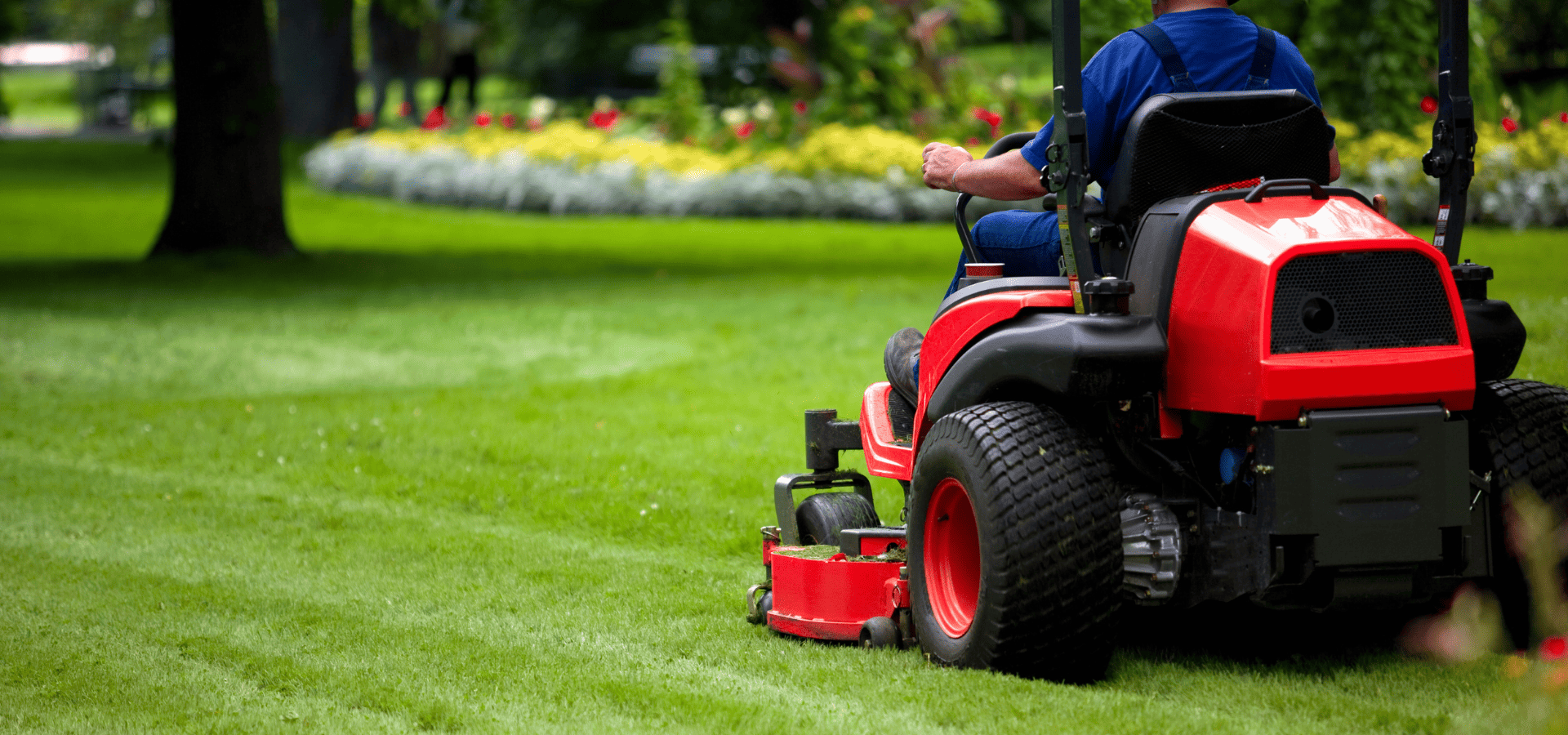
July and August don’t mess around: neither should you!
Your cool-season grass is likely to slow down or go semi-dormant in the height of summer. That’s normal, so don’t panic. And definitely don’t try to force growth with water or fertilizer either. That’s how you burn your lawn out before Labor Day.
Instead, raise your mower height to around 4 inches. More blade equals more shade, which equals cooler roots. If your lawn’s growth slows, mow less often. Scalping stressed grass is basically operating a high-level lawn sabotage op.
Watering your lawn still counts during this season, but do it right to avoid wasting water or effort. Water early in the morning, once or twice a week, deep enough to soak the roots. Beyond that, light daily sprinkles will tease the lawn and encourage shallow roots.
What you really want to look out for at this time is fungus. Brown patch loves hot nights and muggy days — which is Louisville’s whole summer personality. If you see weird circles or rapidly spreading dead zones, adjust your watering schedule or call a local lawn pro. DIY sprays exist, but they’re usually just expensive wishful thinking: prevention beats out the cure for fungus every time.
Oh, and I’ll say it once and leave it at that: no fertilizing. Seriously. Not now; not in summer’s heat. Just don’t.
Fall Lawn Care: Prime Time for Cool-Season Glory
September and October are your lawn’s comeback season. The cooler air, warmer soil, and fewer pressures from budding weeds make fall the best time to fix what summer fried.
This is the true aeration season, especially if your lawn sees foot traffic or sits on heavy clay. Core aeration opens up the soil, boosts oxygen flow, and sets the stage for stronger growth, so get it done.
Overseeding? Even better. Do it right after aeration.
Tall fescue and rye blends love early to mid-September seeding. You’ll get strong germination, less weed competition, and a thicker turf bed by spring, but you need to hit that September window. If you missed it, early October might work, but roll those dice carefully.
Now’s also the moment for your main fertilizer push. A slow-release fall blend (think 20-0-10) supports deep roots and healthy recovery. One solid application in September, and a second in late October if needed, will set the lawn up in a strong position for winter.
It’s also time for some critical fall weed control. Broadleaf weeds are more vulnerable now than they were in spring. But just ensure you skip herbicides if you’ve recently seeded your lawn, or you’ll wipe out your new sprouts along with the clover.
And don’t waste fall’s final window either. This is your last, best chance to fix bare spots in your lawn, regrade uneven patches, and correct soil issues. A basic soil test every few years can go a long way. Louisville soils range from loamy dream to stubborn clay brick, so it’s key to know what you’re working with.
Winter Lawn Care: Let It Rest (But Don’t Go Fully AFK)
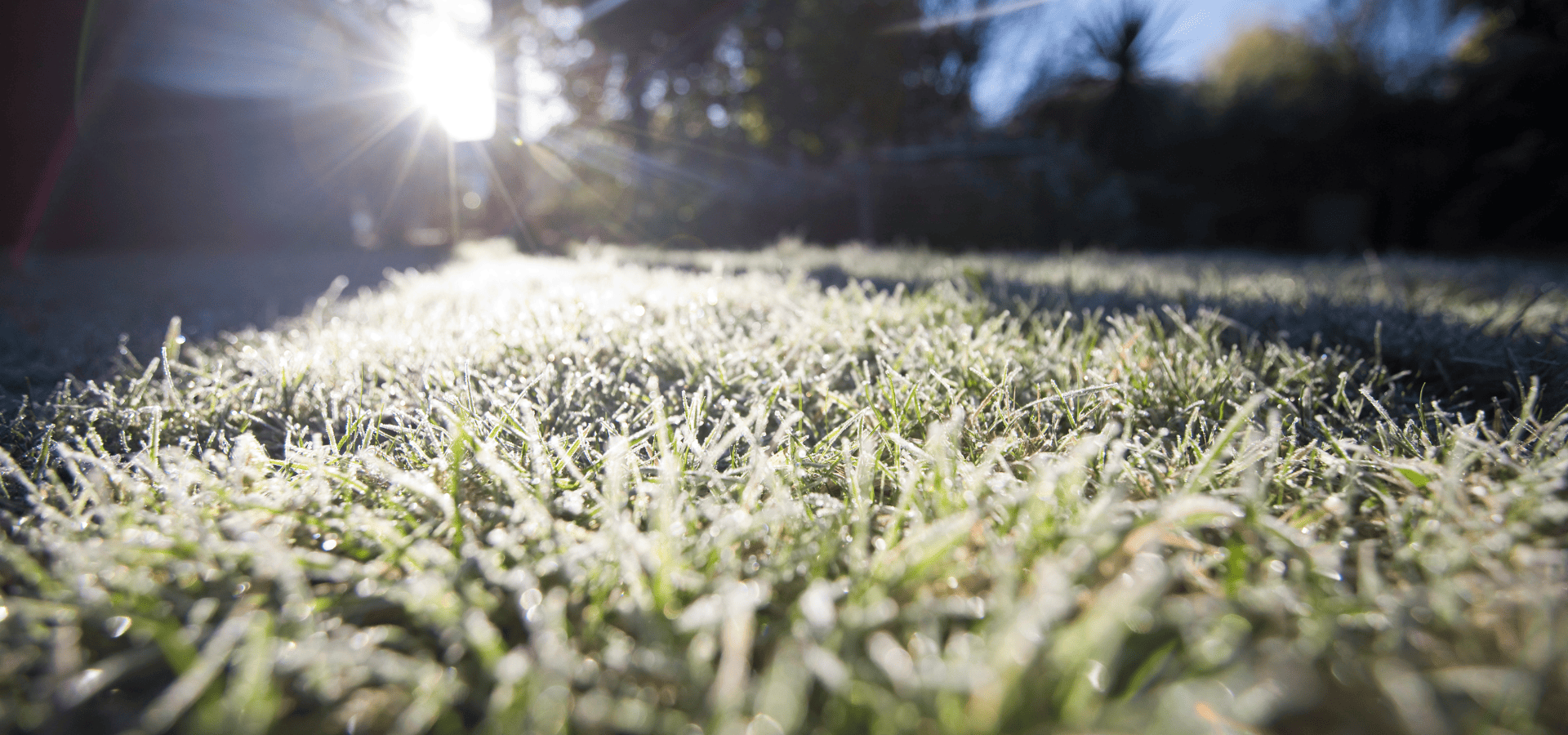
Come November, growth slows to a crawl. So it’s time to shift into maintenance mode!
Keep mowing throughout winter until the grass stops growing. But you should also be sure to gradually lower the blade with each pass. That final mow — usually in mid to late November — should leave the lawn short enough to avoid matting but not buzzed to the bone.
Clear leaves as they fall tool. A thin layer can mulch in just fine, but big piles of dead foliage are suffocation central for your lawn. Mulch them if you can, bag them if you must, but whatever you do, just don’t let them smother the turf all winter.
If you’re into it, a late fall “winterizer” fertilizer can also help roots stay strong through dormancy. Just apply the fertilizer when the lawn has stopped growing, but before the ground freezes.
And then? Just let it be.
Louisville’s freeze-thaw cycle is unpredictable, but if you nailed the fall prep, your turf’s already teed up to weather it well.
Conclusion: In Louisville, KY, Timing Is Everything
So, to sum up, what’s the most common mistake Louisville homeowners make with their lawns? Doing the right things at the wrong times.
Fertilizing in July. Overseeding in April. Mowing too short in August. These aren’t mortal sins, but they clash with the beat of the local climate (and they stack up in combination too).
Once you get in sync with that rhythm, everything gets easier. You’ll get less patching with fewer rescues and more consistency. Your lawn will start to take care of itself — not necessarily perfectly, but predictably.
It just takes some time and practice.
But that’s the real trick to a great Louisville lawn! Not more chemicals and not fancier gear… Anyone can do it-
It just takes good timing, a bit of patience, and a dash of respect for the wild, wonderful mess of weather that we call home.
Alternatively, you could engage a local landscaping company like
Louisville Landscape Pros, and we'll take it off your hands. Reach out to us anytime for a free quote!
You might also like
